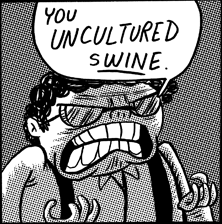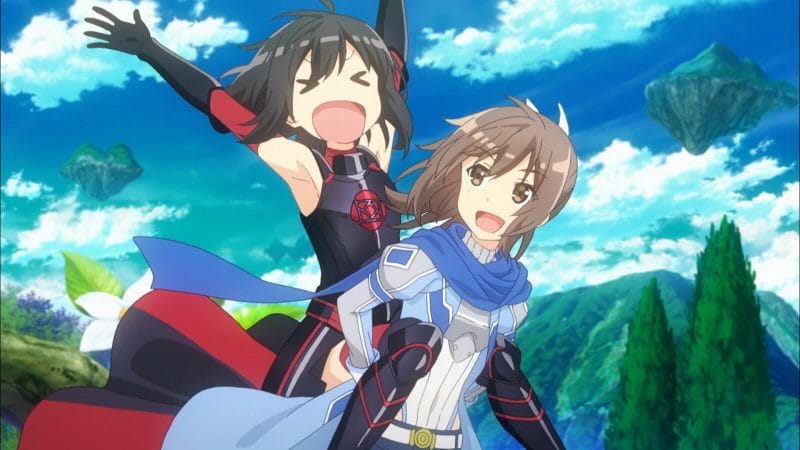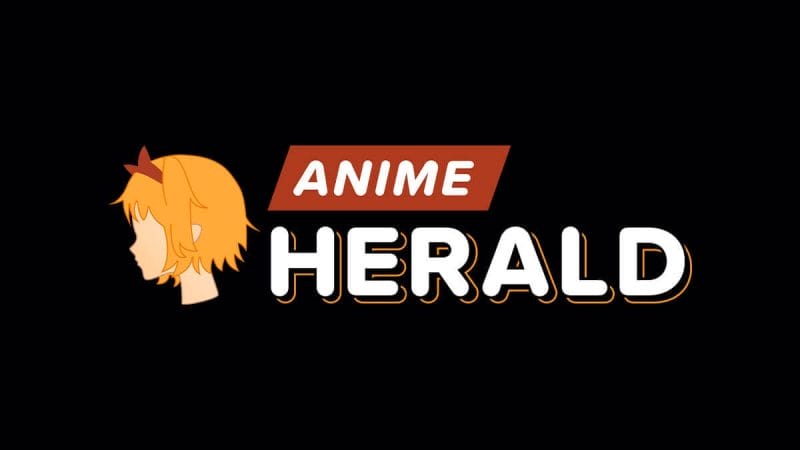 Before we begin tonight’s piece, I’d like to start with a brief mental exercise. Close your eyes, and imagine another anime fan. It could be someone you know, or someone you’ve met. Now, write down your description of this person. I’m going to hazard a guess and say that you’re thinking of a like-minded fellow that loves anime as much as you or I do. Sure, s/he may have quirks, but you’re likely imagining a generally normal person that shares a love of the medium. Then again, I could also be very wrong, but no matter. Now, I want you to close your eyes and imagine what the rest of the world thinks of anime fans. Certainly, your mind’s eye will be a completely different picture.
Before we begin tonight’s piece, I’d like to start with a brief mental exercise. Close your eyes, and imagine another anime fan. It could be someone you know, or someone you’ve met. Now, write down your description of this person. I’m going to hazard a guess and say that you’re thinking of a like-minded fellow that loves anime as much as you or I do. Sure, s/he may have quirks, but you’re likely imagining a generally normal person that shares a love of the medium. Then again, I could also be very wrong, but no matter. Now, I want you to close your eyes and imagine what the rest of the world thinks of anime fans. Certainly, your mind’s eye will be a completely different picture.
Marketing serves a dual role in the business world. The first is to create an appeal for the product and generate excitement in the market, which we’ve highlighted in the past. The second is to foster an environment in which this appeal, this excitement can truly flourish and sell to an (ideally) expanding marketplace. In the absence of such an expansion, it falls upon these very marketers to create the drive to expand the markets further, and approach new territories.
However, in a case where a stigma exists, where a stereotype or brand expectation is firmly in place, this job becomes that much harder. This difficulty increases even moreso when in a situation where the expectations are exceedingly negative. In the case of anime, these stigmas are deeply ingrained in western culture, to the point that Family Guy’s Peter Griffin drunkenly rants about how “everybody in Japan is either a 10-year-old girl or a monster.” The thought that anime is either excessively violent or pornographic is still a common talking point, and the fans have the reputation for being creepy, basement-dwelling losers with an elitist streak that would make Trekkies blush.
The situation seems dire, even insurmountable in the face of the negative stigma. But one must remember – brands, nay images are made. They’re not born, they’re not there because of a natural order, and they don’t exist as some incredible mystical force of nature. They’re a creation that’s made to work. And, when they stop working, it’s time to change that persona.
At the present, the anime market’s persona isn’t attractive in the least. On the contrary, it’s downright repulsive. It’s not uncommon for tales of child molestors, porn runners, or perverts to run through the news media. “Crazy” cosplayers and over-the-top fans dominate the hobby’s public face, and much of the press tends to be on the negative side of anime in general. It’s great for a laugh from the average person, and cosplayers seem to enjoy the exposure. However, many fail to realize that this is a fairly infantile approach. The greater market sees anime as, well, a children’s medium. And its patrons? Nothing more than overgrown, fairly creepy children.
We can do better.
A great marketer would be able to tap into the pure energy that is held by the core market. A vast majority of anime customers are dedicated, enthusiastic individuals, who are invested in the medium, both financially and emotionally. The anime market is, for the most part, a younger, tech savvy audience that is tuned into numerous other subcultures. Anime fans are often open to new experiences, and love sharing their experiences about their hobbies.
As for the content, a wise marketer would try to push forward the idea of the more stylish, more widely appealing works. Titles like Hellsing or Summer Wars would be the most obvious examples, since they’re adventurous titles – but not too adventurous. Despite their distinct Japanese nature, they are grounded enough to appeal to a western audience without alienating the more conservative comers. But, more important, they make viewers feel like they kick ass.
I’ll go into this topic another night, but I’ll state simply – the more a viewer feels comfortable, even empowered by something, the more likely that they will react positively.
To gain more into the fold, it would be most prudent to focus on these aspects, and try to push the momentum away from the medium’s current stigmas. Drive the attention away from the cliquish, angry, elitist reputation to a more fitting, and more flattering persona. The hat the anime industry has worn for over 30 years has served its purpose, but with sales tumbling and the poole of customers shrinking, it’s time to change hats.











